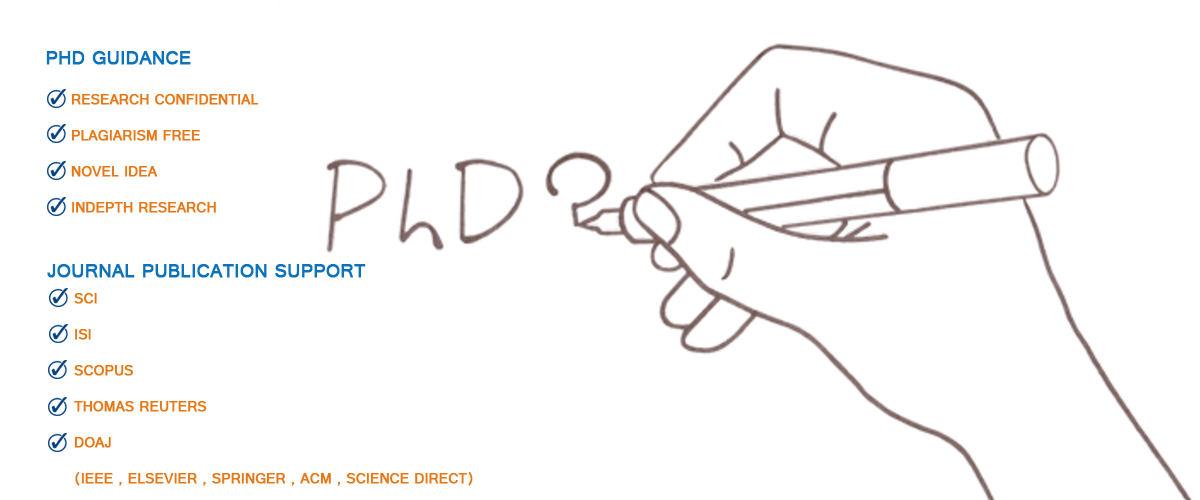ns2 project in Rhode Island
ns2 project in Rhode Island the parameters show that critical activity 1 of critical transaction
0 is placed in processor 2. Figure 15 shows the use
of this processor by each transaction in the critical activity ns2 project in Rhode Island
window. Transactions 2 and 10 are observed in strong
competition with transaction 0 during the execution of its
critical activity. A new mapping with motor tasks motor[2]
and motor[10] in processor 3 eliminates ns2 project in Rhode Island deadline failures in
all transactions. A methodology for performance debugging of parallel
and distributed embedded systems based on ns2 project in Rhode Island measurement
has been presented. The methodology was designed as
an alternative to the conventional static analysis approach
based on scheduling for complex non-critical embedded
systems. The approach followed by the methodology models
the PDES as a set of real-time transactions, giving response
to the action events. The possibility for the transactions
to have not only a pipelined structure but also a parallel structure, is
another important feature that is supported. The methodology
involves the construction of a synthetic prototype ns2 project in Rhode Island for
the initial design of the PDES, which is refined until the final
implementation. This refinement is carried out in two
repeated steps: the diagnosis of temporal behaviour and the
configuration of the PDES prototype. These steps are based
on a set of parameters and metrics covering three complementary
views of the PDES: the behavioural view, the structural
view and the resource view. Several cases with different numbers of processors have
been analyzed and configured with the methodology, one of
which is presented in this paper. Although not all ns2 project in Rhode Island the causes
of behaviour considered in the methodology were covered
by these cases, the fulfillment of the real-time constraints
after the configuration steps have demonstrated the validity
of the methodology. Future work has two main objectives. Firstly, to derive
automatic rules for proper configuration of PDES using the
expertise gained with the use of themethodology. Secondly to apply the methodology to PDES based on POSIX and
implemented on shared memory parallel ns2 project in Rhode Island architectures. The cluster system includes one host server, four slave
servers and some clients. The host, slaves and clients linked, There are five key techniques in this system. The dishibuted
database, parallel virtual machine, buffer and
synchronization techniques in communication and multithreading in control flow. The face database in this system is so huge that ha thousands human face. Single computer. Withlimited ns2 project in Rhode Island hardware resource and performance can be hardly competent for content based query in face recognition
system. Single computer style bas two problems, one is the
query speed and the other is the capability of face database.
There are two measures to solve these problems, one is adopting high performance computer such as work station
and huge machine, the other is building network distributed
system using multi ordinary PCs. The latter is adopted in ns2 project in Rhode Island this system because of high performance price ratio and good extensibility. Message transfer based distributed system has a communication bottleneck. To decrease communication spending, the main face database was split ns2 project in Rhode Island into fivesub-datahases. So only the face feature data to he queried
should be transferred between the main server and slave
server, also between the client and the main server Where ns2 project in Rhode Island MFDB represents the main face database, SFDB is
the sub-database, and SFDBi is the ith sub-database. Figure 2 shows the split process. The PC cluster used in face recognition system forms a parallel virtual machine. And a single host and multi slave
structure adopted. The parallel virtual machine was set up by host, and a ns2 project in Rhode Island parallel virtual machine table was built and
preserved by host, The parallel virtual machine table is a linked tahle. The host node holds the face feature database and document information database. And slaves hold the ns2 project in Rhode Island name, their IP address and subface database. The linked table structure permits to add slaves infinitely and also delete a slave very conveniently, just let the pointer point to another slave.







